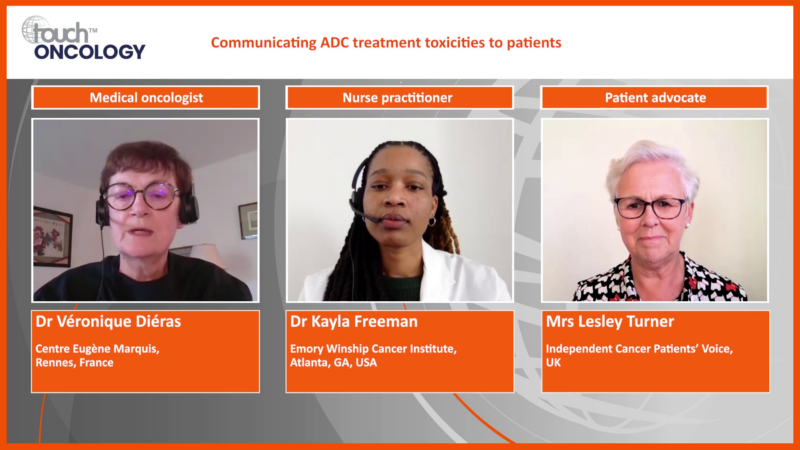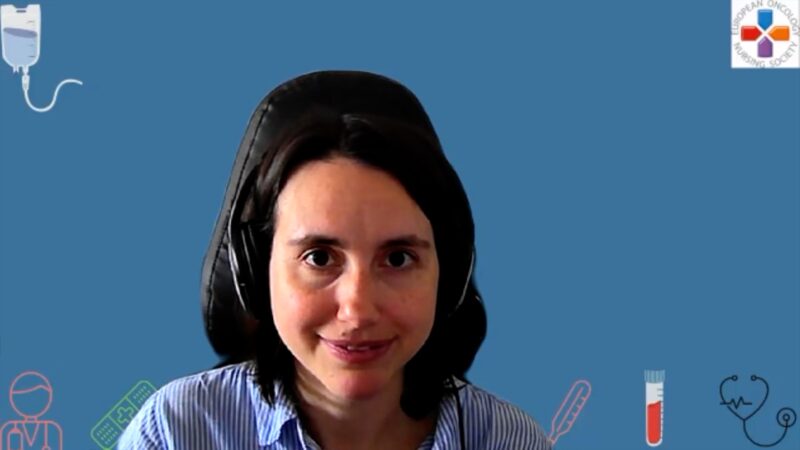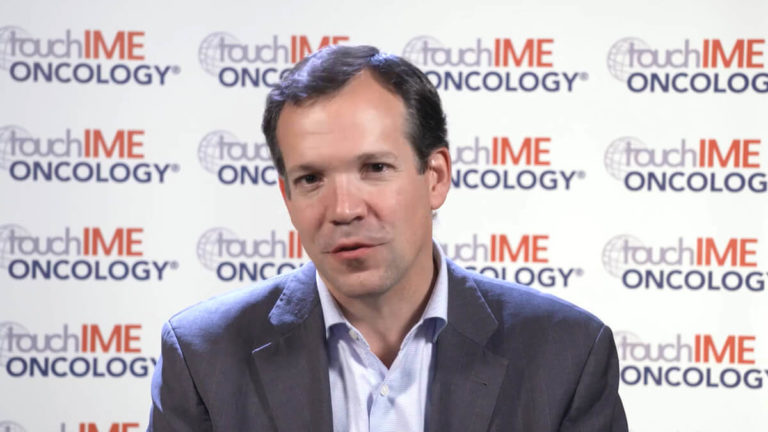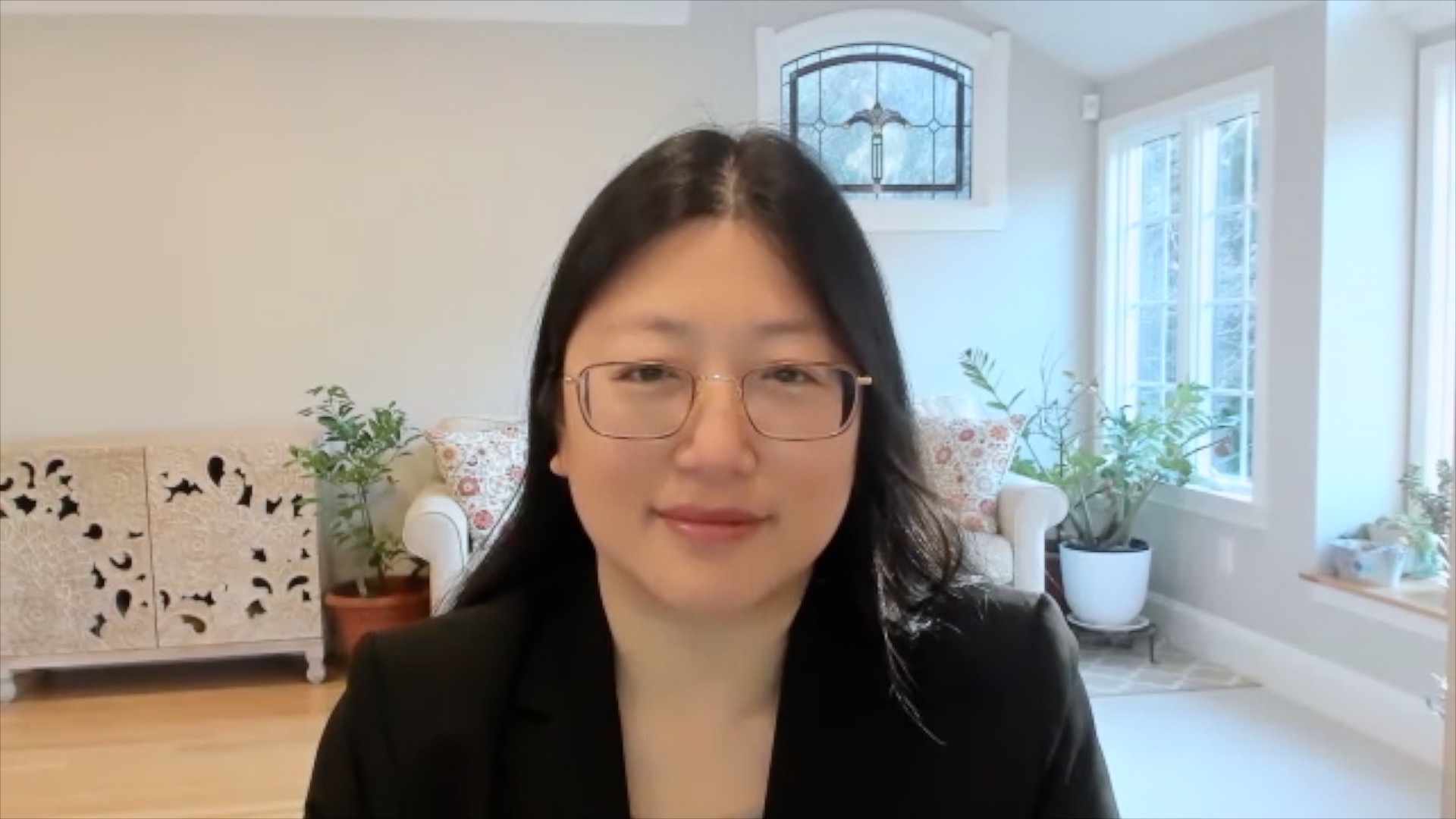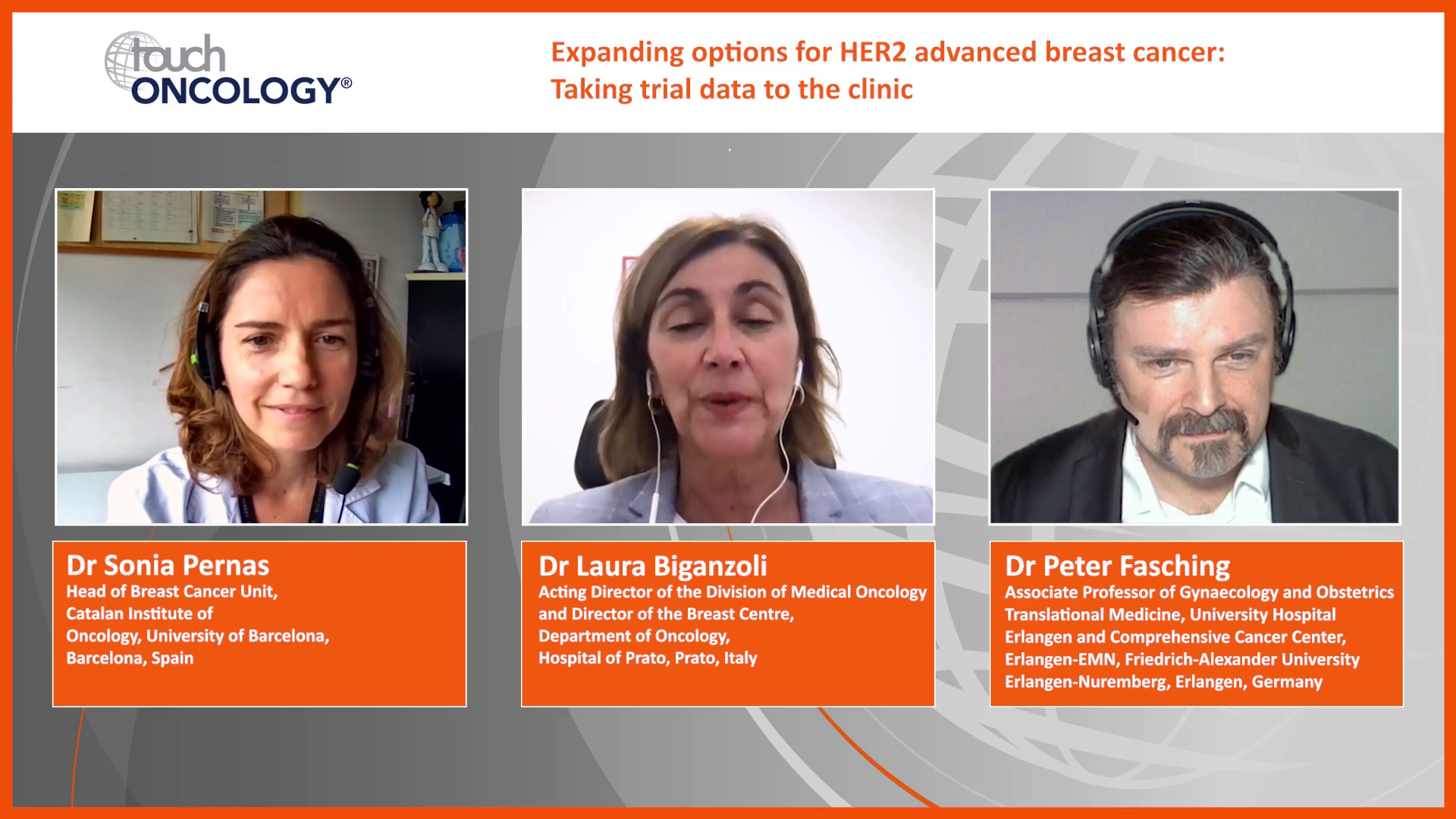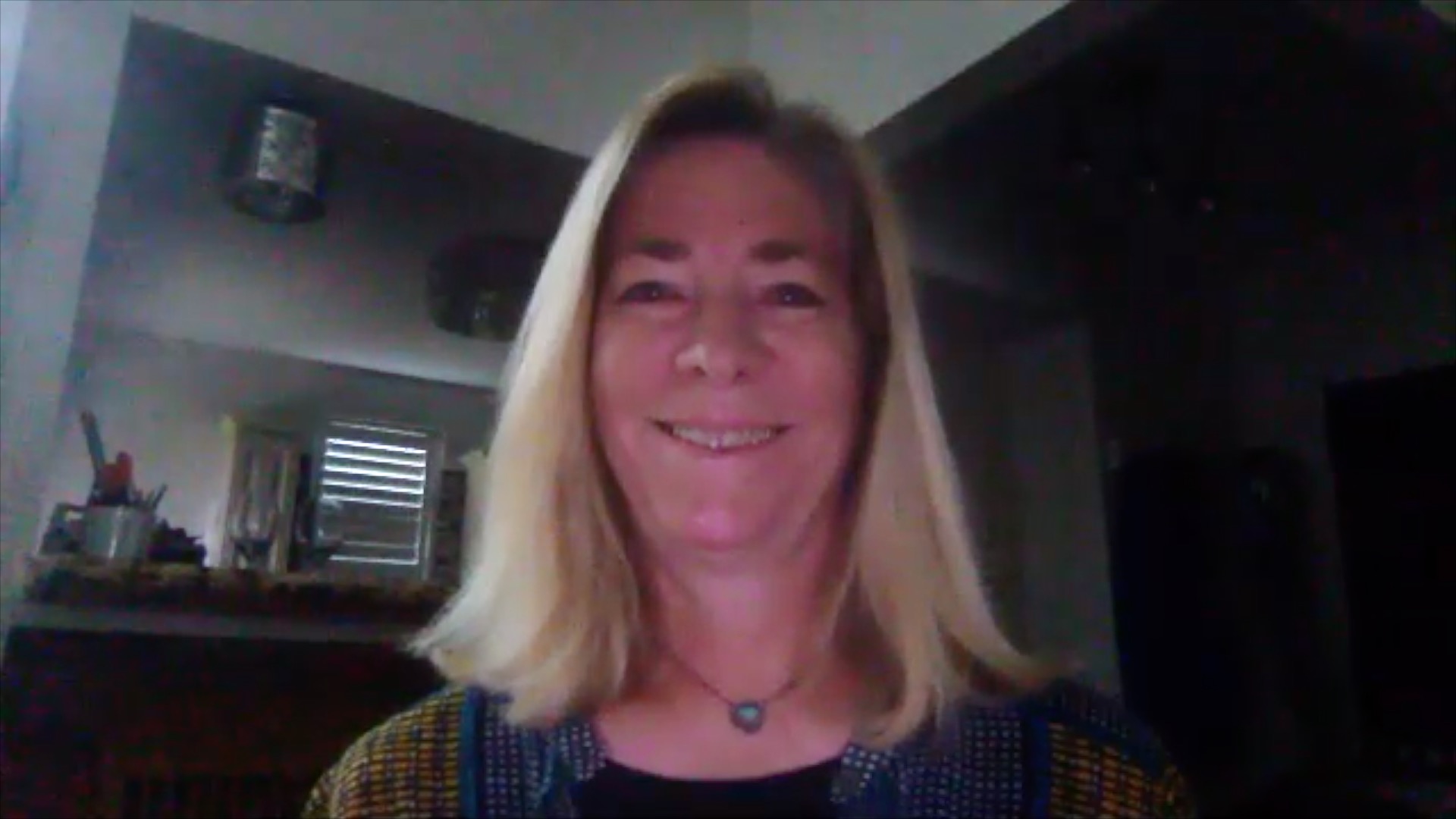Tutorial
This icon indicates there is a poll question. Click it when you see it to interact with your peers.
Tutorial
This icon indicates there is a poll question. Click it when you see it to interact with your peers.
Tutorial
This icon indicates there is a poll question. Click it when you see it to interact with your peers.
touchIN CONVERSATION
 A relaxed discussion between two faculty focussed on real world clinical issues. Useful tips below will show how to navigate the activity. Join the conversation.
Close
A relaxed discussion between two faculty focussed on real world clinical issues. Useful tips below will show how to navigate the activity. Join the conversation.
Close
 A relaxed discussion between two faculty focussed on real world clinical issues. Useful tips below will show how to navigate the activity. Join the conversation.
Close
A relaxed discussion between two faculty focussed on real world clinical issues. Useful tips below will show how to navigate the activity. Join the conversation.
Close
Knowledge for nurses: ADC updates in breast cancer
Learning Objectives
After watching this activity, participants should be better able to:
- Explain the rationale and latest evidence for current and upcoming HER2-directed ADCs for the treatment of breast cancer
- Identify, mitigate and manage side effects related to HER2-directed ADCs in breast cancer
- Discuss best practices for nurses and nurse practitioners caring for patients with breast cancer receiving HER2-directed ADCs in real-world clinical practice
Overview
In this activity, two experts in breast cancer, an oncology nurse and a medical oncologist, respond to questions from the oncology community. The questions cover the rationale and latest evidence for HER2-directed antibody–drug conjugates (ADCs) for the treatment of breast cancer; identifying, mitigating and managing side effects; and best practices for nurses and nurse practitioners caring for patients receiving HER2-directed ADCs.
This activity is provided by touchIME. touchIME is an EBAC® accredited provider.
Target Audience
Oncology nurses, including breast cancer nurse specialists involved in the management of breast cancer.
Disclosures
Faculty
Ms Nikolina Dodlek has no financial interests/relationships or affiliations in relation to this activity.
Prof. Sherko Kümmel discloses: All support since the initial planning of this work including advisory role and study material from Amgen, AstraZeneca, Daiichi Sankyo, Gilead Sciences and Novartis. Support to his institution from Agendia, AstraZeneca, Eli Lilly and Company, Hologic, MSD, Pfizer, PINK!, Roche and Stemline Therapeutics. Disclosures in the past 36 months including consulting fees from Eli Lilly and Company, MSD, Stryker. Payment or honoraria for lectures, presentations, speakers bureaus, manuscript writing or educational events from Agendia, Amgen, AstraZeneca, Daiichi Sankyo, Eli Lilly and Company, Exact Sciences Corp., Gilead Sciences, Hologic, MSD, Novartis, Pfizer, pfm medical, Pinkpharma, Roche, Seagen, SOMATEX® Medical Technologies. Support for attending meetings and/or travel from Daiichi Sankyo, Eli Lilly and Company, MSD, Roche, Stemline Therapeutics. Participation on Data Safety Monitoring Board or Advisory Board from Agendia, Amgen, AstraZeneca, Daiichi Sankyo, Eli Lilly and Company, Exact Sciences Corp., Gilead Sciences, MSD, Novartis, Pfizer, pfm medical, Roche, Seagen, SonoScape.
Touch Medical Contributor
Katrina Lester has no financial interests/relationships or affiliations in relation to this activity.
EBAC® Accreditation
touchIME is an EBAC® accredited provider since 2023.
This programme is accredited by the European Board for Accreditation of Continuing Education for Health Professionals (EBAC®) for up to 1.0 hour(s) of CE credit(s). Each participant should claim only time that has been spent in the educational activity.
The Accreditation Council for Continuing Medical Education (ACCME®), and the Royal College of Physicians and Surgeons of Canada hold an agreement on substantial equivalency of accreditation systems with EBAC®.
Through an agreement between the European Board for Accreditation of Continuing Education for Health Professionals and the American Medical Association (AMA), physicians may convert EBAC® CE credits to AMA PRA Category 1 CreditsTM. Information on the process to convert EBAC® credit to AMA credit can be found on the AMA website. Other healthcare professionals may obtain from the AMA a certificate of having participated in an activity eligible for conversion of credit to AMA PRA Category 1 CreditTM.
Faculty Disclosure Statement / Conflict of Interest Policy
In compliance with EBAC® guidelines, all speakers/ chairpersons participating in this programme have disclosed or indicated potential conflicts of interest which might cause a bias in the presentations. The Organizing Committee/Course Director is responsible for ensuring that all potential conflicts of interest relevant to the event are declared to the audience prior to the CME activities.
Requirements for Successful Completion
Certificates of Completion may be awarded upon successful completion of the post-test and evaluation form. If you have completed one hour or more of effective education through EBAC® accredited CE activities, please contact us at accreditation@touchime.org to receive your EBAC® CE credit certificate. EBAC® grants 1 CE credit for every hour of education completed.
Date of original release: 31 July 2024. Date credits expire: 31 July 2026.
Time to complete: 45 minutes.
If you have any questions regarding the EBAC® credits, please contact accreditation@touchime.org
To obtain the CE/CME credit(s) from this activity, please complete this post-activity test.
Claim CreditYou may also be interested in...

REGISTER NOW FOR FREE ACCESS TO
- 1000+ topical and insightful peer-reviewed journal articles
- 100+ hours of bite-sized congress highlights
- 10 major therapy areas packed with the latest scientific advances
- 150+ specialties offering learn-on-the-go medical education
- + Concise email updates and newsletters so you never miss out

Log into your Touch Account
Earn and track your CME credits on the go, save articles for later, and follow the latest congress coverage.
Sign up with an Email
Or use a .
This Functionality is for
Members Only
Explore the latest in medical education and stay current in your field. Create a free account to track your learning.








